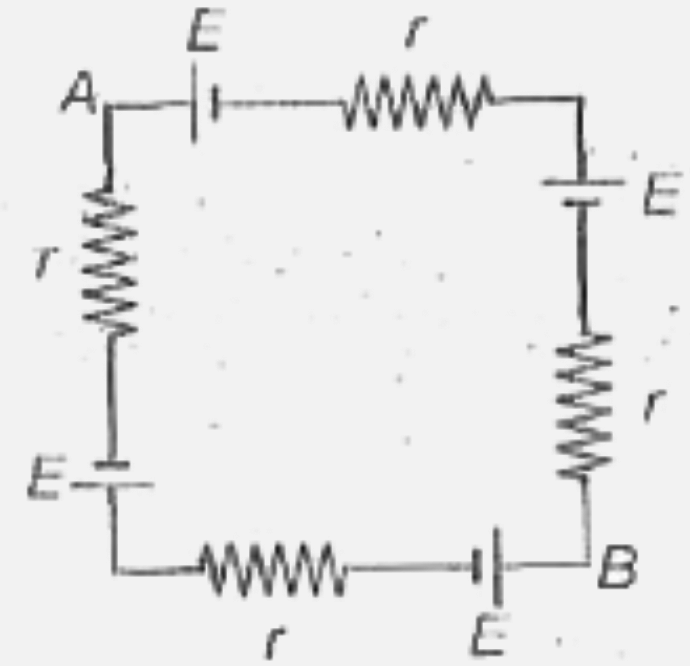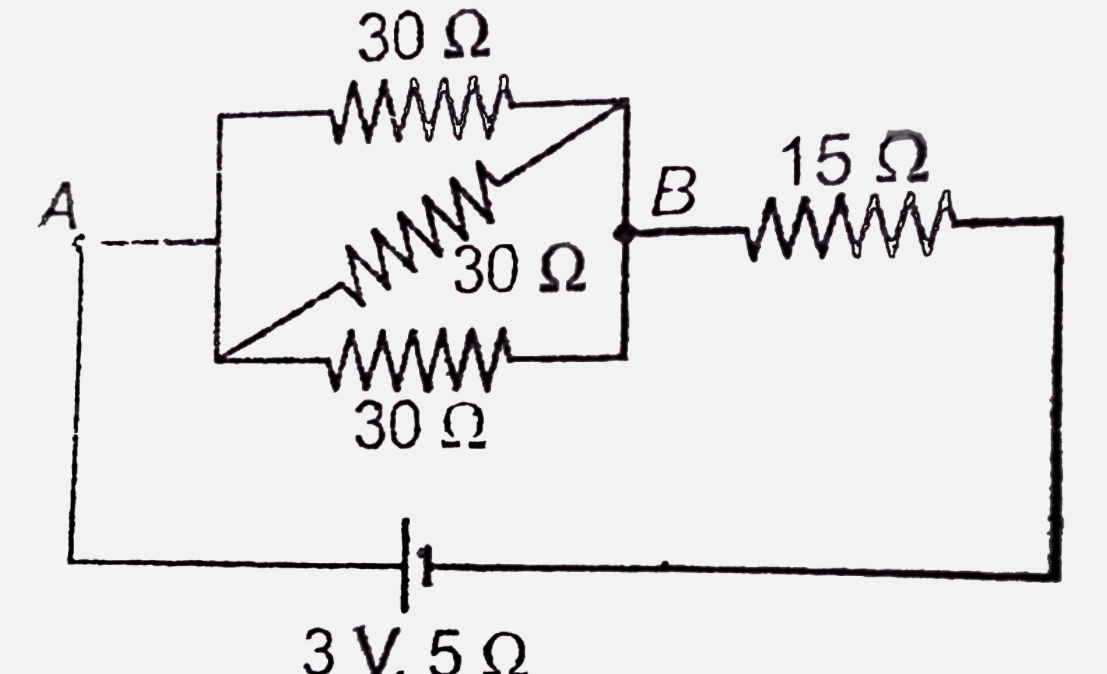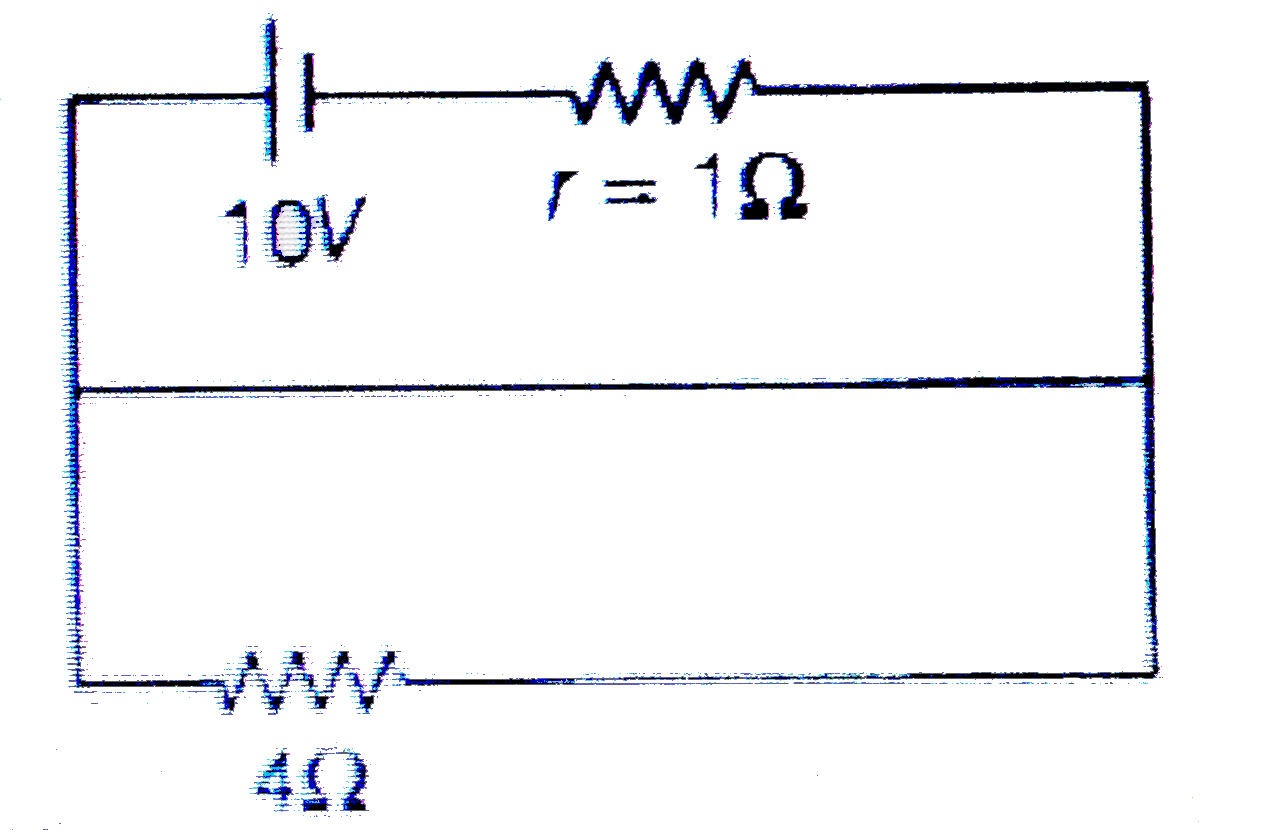Potential difference across resting membrane is negatively charged. This is due to differential distribution of the following ions.
Na+ and k+ ions
CO2−3 and Cl− ions
Ca+4 and Cl− ions
Ca+4 and Cl− ions
To solve the question regarding the negatively charged potential difference across the resting membrane due to the differential distribution of ions, we can follow these steps:
1. Understanding Resting Membrane Potential:
- The resting membrane potential of a neuron is typically around -70 mV, indicating that the inside of the cell is more negatively charged compared to the outside.
2. Identifying Key Ions:
- The primary ions involved in establishing this potential difference are sodium (Na⁺) and potassium (K⁺). The differential distribution of these ions across the membrane is crucial.
3. Role of Ion Channels:
- Ion channels in the neuron's membrane, specifically sodium and potassium channels, regulate the movement of these ions. At rest, potassium channels are more permeable than sodium channels.
4. Distribution of Ions:
- Inside the neuron, there is a higher concentration of potassium ions (K⁺) and negatively charged proteins, while outside the neuron, there is a higher concentration of sodium ions (Na⁺) and chloride ions (Cl⁻).
5. Movement of Ions:
- Due to the concentration gradient, potassium ions tend to move out of the cell, while sodium ions tend to move into the cell. However, the membrane is more permeable to K⁺, leading to a net loss of positive charge from the inside of the cell.
6. Establishing Negative Charge:
- As K⁺ ions exit the cell, the inside of the neuron becomes more negatively charged relative to the outside, contributing to the resting membrane potential.
7. Conclusion:
- Therefore, the negatively charged potential difference across the resting membrane is primarily due to the differential distribution of sodium (Na⁺) and potassium (K⁺) ions.
Final Answer:
The potential difference across the resting membrane is negatively charged due to the differential distribution of sodium (Na⁺) and potassium (K⁺) ions.
- The resting membrane potential of a neuron is typically around -70 mV, indicating that the inside of the cell is more negatively charged compared to the outside.
- The primary ions involved in establishing this potential difference are sodium (Na⁺) and potassium (K⁺). The differential distribution of these ions across the membrane is crucial.
- Ion channels in the neuron's membrane, specifically sodium and potassium channels, regulate the movement of these ions. At rest, potassium channels are more permeable than sodium channels.
- Inside the neuron, there is a higher concentration of potassium ions (K⁺) and negatively charged proteins, while outside the neuron, there is a higher concentration of sodium ions (Na⁺) and chloride ions (Cl⁻).
- Due to the concentration gradient, potassium ions tend to move out of the cell, while sodium ions tend to move into the cell. However, the membrane is more permeable to K⁺, leading to a net loss of positive charge from the inside of the cell.
- As K⁺ ions exit the cell, the inside of the neuron becomes more negatively charged relative to the outside, contributing to the resting membrane potential.
- Therefore, the negatively charged potential difference across the resting membrane is primarily due to the differential distribution of sodium (Na⁺) and potassium (K⁺) ions.
The potential difference across the resting membrane is negatively charged due to the differential distribution of sodium (Na⁺) and potassium (K⁺) ions.
Topper's Solved these Questions
- BOOK - NCERT EXEMPLAR ENGLISHCHAPTER - NEURAL CONTROL AND CO-ORDINATIONEXERCISE - VERY SHORT ANSWER TYPE QUESTIONS11videos
NEURAL CONTROL AND CO-ORDINATION
- BOOK - NCERT EXEMPLAR ENGLISHCHAPTER - NEURAL CONTROL AND CO-ORDINATIONEXERCISE - SHORT ANSWER TYPE QUESTIONS6videos
NEURAL CONTROL AND CO-ORDINATION
- BOOK - NCERT EXEMPLAR ENGLISHCHAPTER - MORPHOLOGY OF FLOWERING PLANTSEXERCISE - Long Answer Type Questions8videos
MORPHOLOGY OF FLOWERING PLANTS
- BOOK - NCERT EXEMPLAR ENGLISHCHAPTER - PHOTOSYNTHESIS IN HIGHER PLANTSEXERCISE - Long Answer type Question13videos
PHOTOSYNTHESIS IN HIGHER PLANTS
Similar Questions
Potential difference across AB in the networ shown is
 View Solution
View SolutionPotential difference across AB in the network shown is
 View Solution
View SolutionPotential difference across AB in the network shown is
 View Solution
View SolutionPotential difference across the terminal of a non ideal battery is
View SolutionPotential difference across AB in the network shown in figure.
 View Solution
View SolutionPotential difference across AB in the circuit as shown in figure.
 View Solution
View SolutionThe ionic gradients across the resting membrane are maintained by the
View SolutionPotential different across the terminals of the battery shown in figure is
 View Solution
View SolutionAn ion with negative charge is called……………
View SolutionResting membrane potential of a neuron is
View Solution

